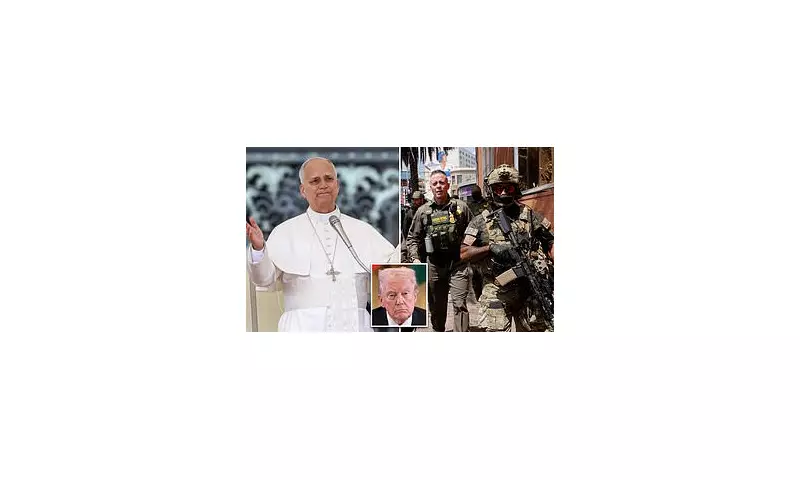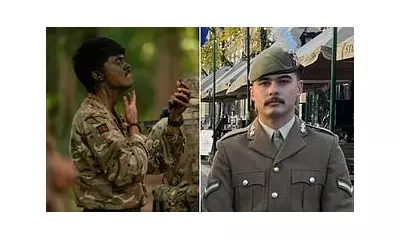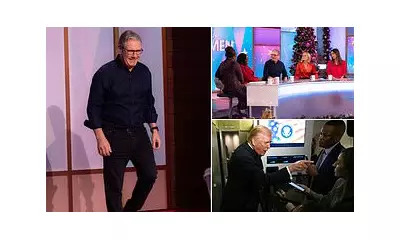
A striking artistic depiction of Pope Leo X has become the unlikely focal point in America's heated immigration debate, creating unexpected connections between Renaissance religious history and contemporary border policies.
The Controversial Display
The portrait of the 16th-century pontiff, known for his lavish lifestyle and opposition to Martin Luther's Reformation, was prominently displayed near facilities housing migrants detained by Immigration and Customs Enforcement (ICE). The placement has drawn sharp criticism from religious leaders and immigration advocates alike.
Historical context adds layers to the controversy: Pope Leo X famously excommunicated Martin Luther, establishing a reputation for religious authoritarianism that some critics see as paralleling current hardline immigration approaches.
Trump's Influence on the Debate
The timing coincides with former President Donald Trump's renewed emphasis on aggressive immigration enforcement. His recent comments supporting expanded ICE operations have reignited discussions about border control methods and their humanitarian implications.
Political analysts note the symbolic weight of using religious imagery in this context, suggesting it represents an attempt to frame immigration enforcement in moral or historical terms.
Religious Community Reacts
Several Catholic organizations have expressed concern about the portrayal's implications. "Using religious figures to justify or contextualize immigration policies risks misrepresenting both faith and history," commented one church representative who requested anonymity.
The display has prompted broader questions about how religious symbolism intersects with political messaging in today's polarized climate.
Broader Political Implications
This incident occurs against the backdrop of ongoing debates about immigration reform in the United States. The connection between historical religious figures and current policy discussions highlights how cultural references can be mobilized for political purposes.
As the 2024 election cycle approaches, observers expect immigration to remain a central issue, with both sides using powerful imagery and historical parallels to advance their positions.
The unusual intersection of Renaissance papal history and modern immigration policy demonstrates how historical symbols continue to resonate in contemporary political battles, often in unexpected ways.





